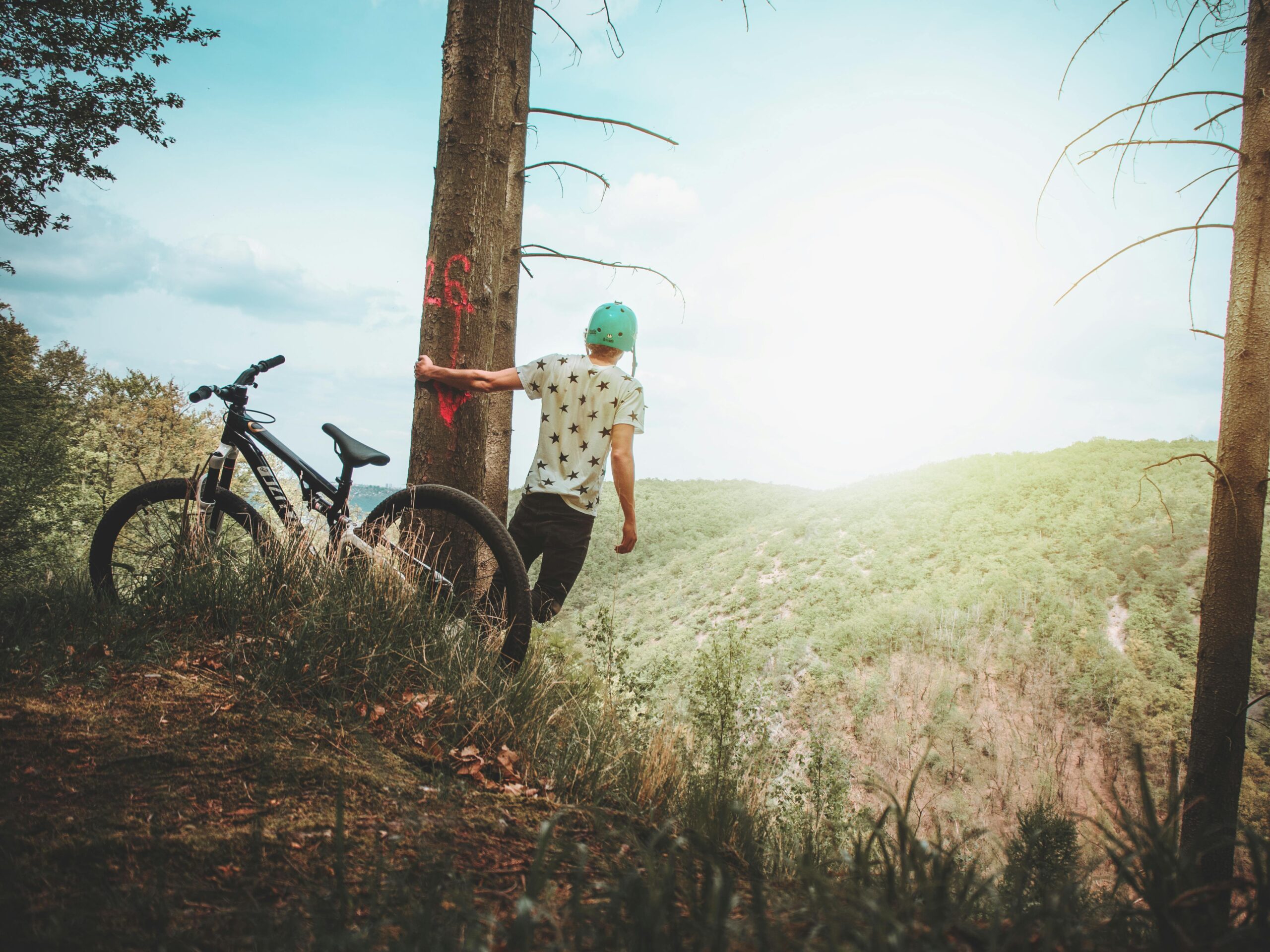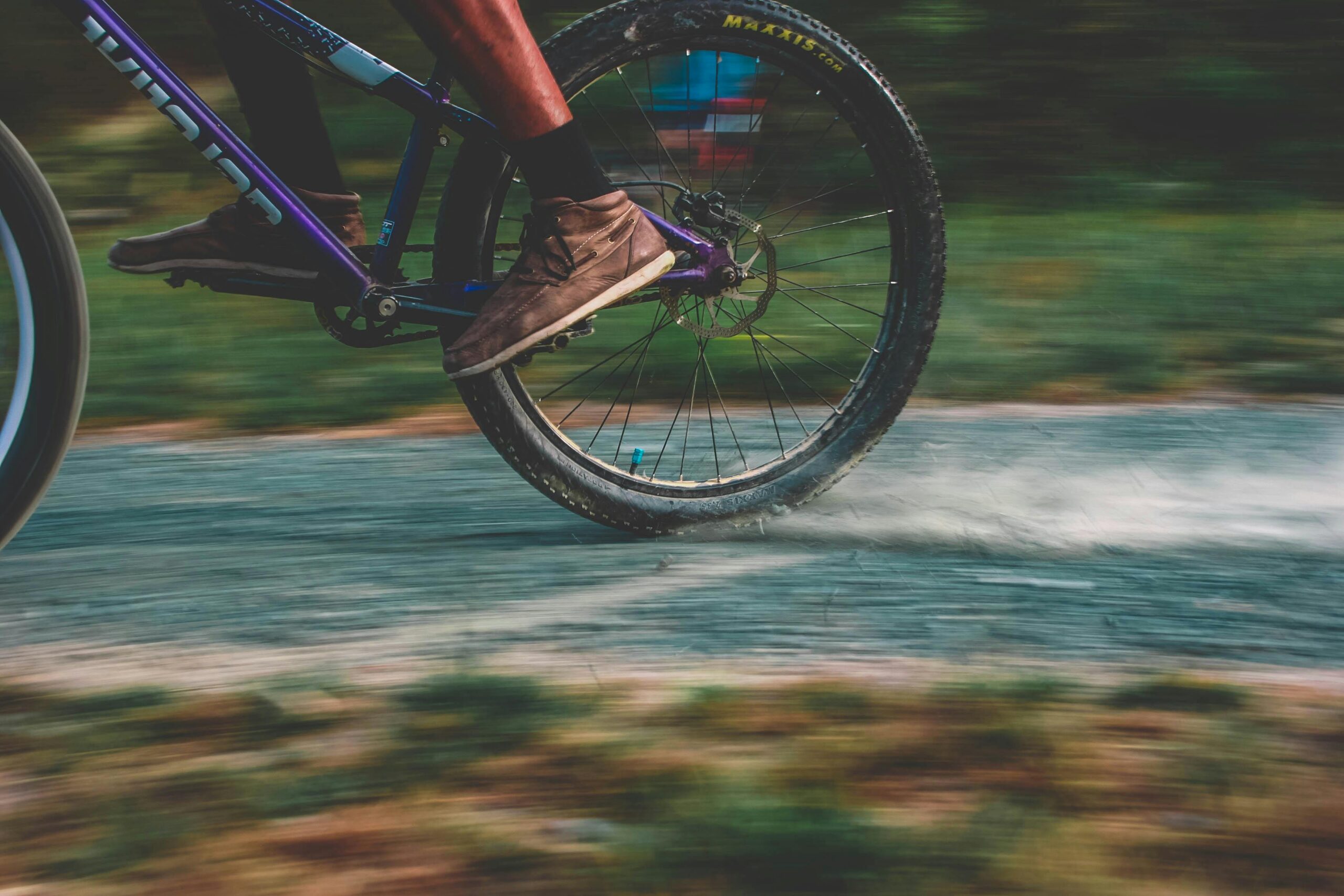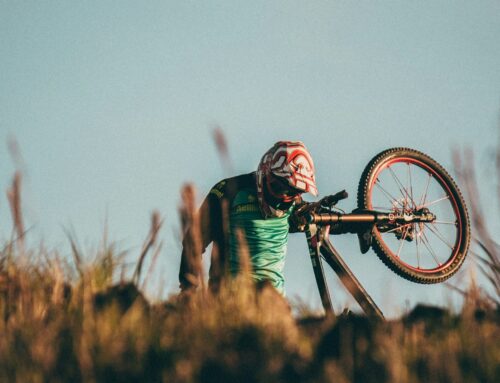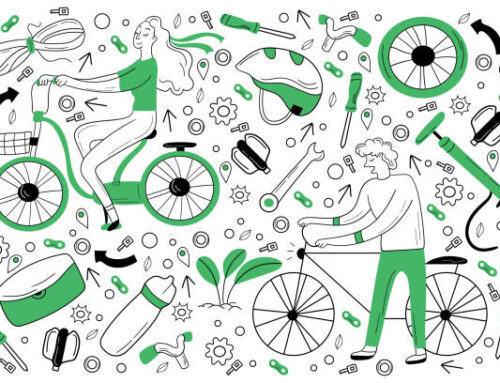Welcome to the exciting world of mountain biking! As seasoned mountain bikers, we’re here to help you get started on your mountain biking journey. Whether you’re looking to explore nature, get fit, or just have fun, mountain biking offers something for everyone. This guide will walk you through the basics, from essential gear and equipment to beginner techniques and tips for your first ride. Let’s dive in and make your entry into mountain biking smooth and enjoyable.
Introduction to Mountain Biking
Mountain biking is an exhilarating outdoor activity that combines the thrill of biking with the beauty of nature. Unlike road biking, mountain biking takes you off the beaten path and onto trails, hills, and mountains. It’s a sport that can be enjoyed by people of all ages and fitness levels. Whether you’re seeking adrenaline-pumping descents or peaceful rides through scenic landscapes, mountain biking has something to offer.
As a beginner, it’s normal to feel a bit overwhelmed by the technical aspects and the sheer variety of gear available. But don’t worry—this guide will help you understand the essentials and get you ready for your first adventure. Remember, everyone starts somewhere, and with the right preparation and mindset, you’ll be hitting the trails with confidence in no time.
Essential Gear and Equipment
Having the right gear is crucial for a safe and enjoyable mountain biking experience. Here’s a rundown of the essential equipment you’ll need:
- Mountain Bike: Choosing the right bike is the first step. There are different types of mountain bikes, such as cross-country (XC), trail, all-mountain, and downhill. As a beginner, a trail bike is a versatile option that can handle a variety of terrains. Our rental trail bikes are the perfect entry level cross-country bike! Ensure your bike fits well and is properly adjusted to your height and riding style.
- Helmet: Safety first! A high-quality helmet is non-negotiable. Look for one that offers good ventilation, fits snugly, and meets safety standards.
- Protective Gear: Depending on the terrain, consider additional protective gear like gloves, knee and elbow pads, and eyewear. Gloves protect your hands from blisters and improve grip, while pads can prevent injuries from falls.
- Clothing: Wear moisture-wicking clothing that allows freedom of movement. Padded shorts can make a big difference in comfort during long rides.
- Hydration Pack: Staying hydrated is essential. A hydration pack allows you to carry water and drink hands-free while riding.
- Repair Kit: A basic repair kit with a multi-tool, tire levers, a spare tube, and a mini-pump can save you from getting stranded on the trail.
- Shoes: Sturdy, closed-toe shoes with good grip are important. You can start with flat pedals and regular shoes, but as you progress, consider investing in mountain biking-specific shoes.
Basic Techniques for Beginners
Mastering a few basic techniques will boost your confidence and help you handle different trail conditions. Here are some fundamental skills to focus on:
- Body Position: Maintain a neutral body position with a slight bend in your elbows and knees. Keep your weight centered over the bike. This position allows you to react quickly to changes in terrain.
- Braking: Use both front and rear brakes, but avoid grabbing them too hard. Apply the brakes smoothly and modulate your braking force to maintain control. Practice braking in a controlled environment before hitting the trails.
- Cornering: Enter turns with a wide approach, lean the bike into the corner, and keep your body upright. Look through the turn to where you want to go, and shift your weight to the outside pedal for better traction.
- Climbing: Shift to a lower gear before the climb, stay seated, and keep a steady cadence. Lean forward slightly to keep the front wheel from lifting.
- Descending: Shift your weight back, keep your pedals level, and use a controlled braking technique. Stay loose and let the bike move beneath you to absorb shocks from the terrain.
Tips for Your First Ride
Your first mountain biking experience can set the tone for your future rides. Here are some tips to ensure it’s a positive one:
- Start Easy: Choose beginner-friendly trails that match your skill level. Look for trails with smooth surfaces and gentle slopes to get a feel for your bike and build confidence.
- Ride with Friends: Riding with more experienced friends can be a great way to learn. They can offer tips, support, and motivation.
- Check the Weather: Avoid riding in extreme weather conditions. Wet and muddy trails can be challenging and increase the risk of falls.
- Stay on Marked Trails: Stick to designated trails to protect the environment and avoid getting lost. Trail maps and apps can help you navigate.
- Warm-Up and Stretch: Before hitting the trail, do a quick warm-up and stretch to prepare your muscles and reduce the risk of injury.
- Pace Yourself: Don’t push too hard on your first ride. Take breaks, enjoy the scenery, and listen to your body.
Common Mistakes and How to Avoid Them
Every beginner makes mistakes, but being aware of them can help you avoid common pitfalls. Here are some frequent mistakes and how to prevent them:
- Over-Braking: Grabbing the brakes too hard can cause you to lose control. Practice smooth, controlled braking to maintain stability.
- Incorrect Gear Shifting: Shifting gears under heavy load or in the middle of a climb can damage your bike’s drivetrain. Anticipate changes in terrain and shift gears accordingly.
- Poor Bike Fit: Riding a bike that doesn’t fit properly can lead to discomfort and injury. Ensure your bike is adjusted to your size, and don’t hesitate to seek professional fitting if needed.
- Ignoring Maintenance: Regularly check and maintain your bike to keep it in good working condition. Basic maintenance includes cleaning the bike, lubricating the chain, and checking tire pressure. Beavers Sports Shop has clinics monthly on how best to maintain your bike!
- Riding Beyond Your Skill Level: Pushing yourself too hard on challenging trails can lead to accidents. Gradually increase the difficulty of your rides as your skills improve.
Starting mountain biking is an exciting adventure that opens up a world of exploration and fitness. By equipping yourself with the right gear, mastering basic techniques, and following beginner-friendly tips, you’ll set yourself up for success. Remember, everyone starts as a beginner, and with practice, patience, and perseverance, you’ll progress and enjoy all the thrills mountain biking has to offer. So gear up, hit the trails, and most importantly, have fun! Happy riding!






